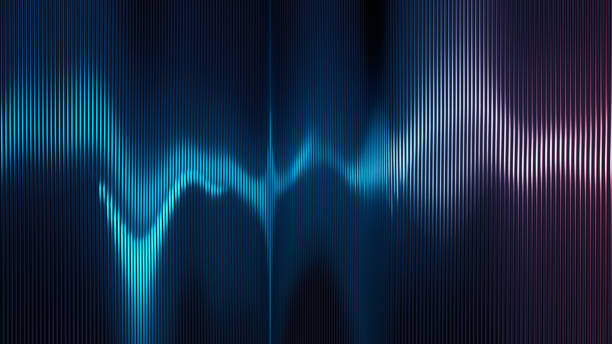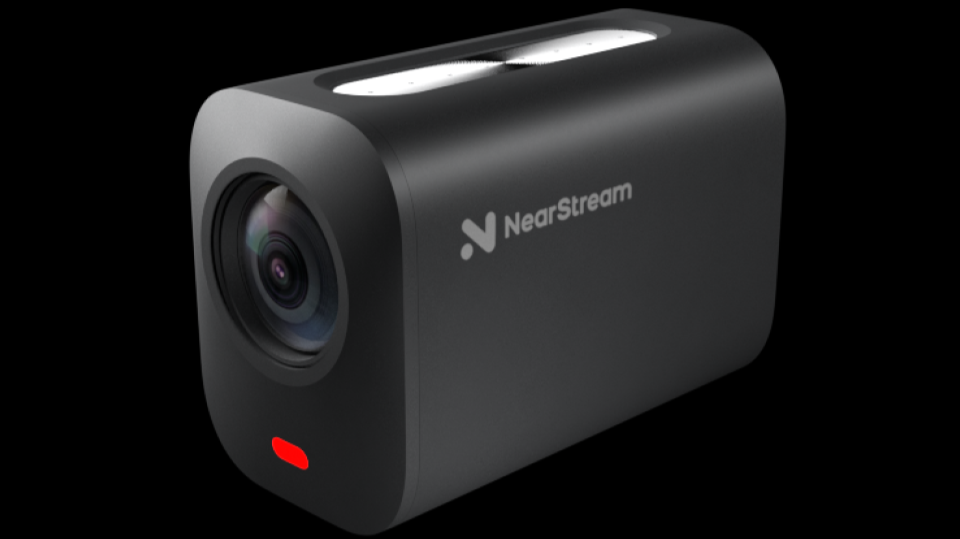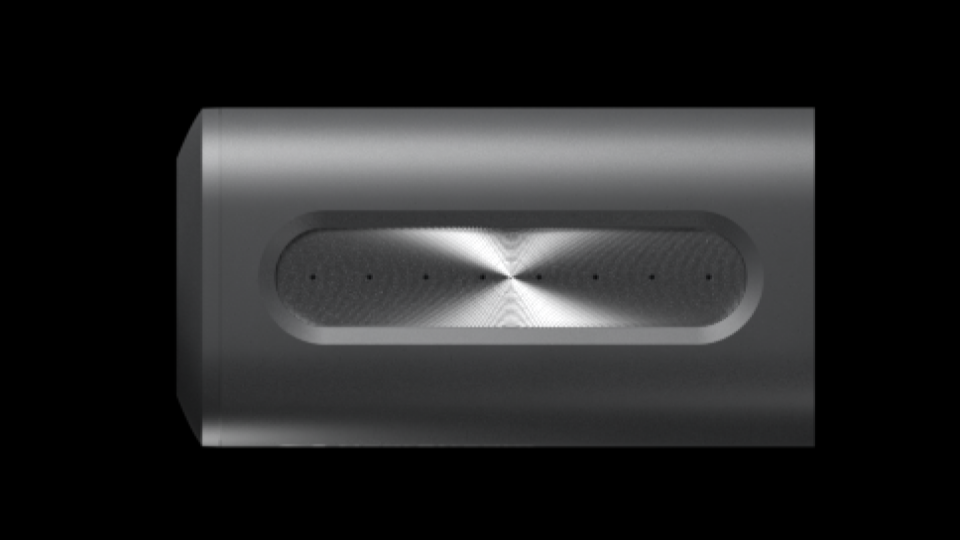Introduction
Every day we see or hear all kinds of videos and live stream on social media. With a wide variety of technologies, our ears enjoy an unprecedented listening feast. In fact, most humans can hear more than 400,000 sounds at frequencies between 20 and 20,000 hertz.
And noise interference is everywhere, whether you are living outdoors or turning on the camera at a party to record the special moment, it is very important for us to remove noise and ensure that the sound is clear and smooth. But the microphone array can help us do that.
What is microphone array
The microphone array is a system that consists of a certain number of acoustic sensors that are used to sample and process the spatial characteristics of the sound field. As early as the 70s and 80s of the 20th century, microphone arrays have been applied to the research of speech signal processing, and since the 90s, speech signal processing algorithms based on microphone arrays have gradually become a new research hotspot. In the "voice era", the importance of this technology is particularly prominent.

If speech recognition is regarded as a process of receiving information, interpreting information, and making feedback, the microphone array solves the problem of whether it can be heard, how far away is within a reasonable range, and is not affected by noise.
Single Microphone VS. Microphone Array
A single microphone system can obtain sound signals that meet the requirements of speech recognition under the conditions of low noise, no reverberation and close distance from the sound source. However, if the sound source is far away from the microphone, and there are a lot of noise, multipath reflection and reverberation, the quality of the picked-up signal will be degraded, which will seriously affect the speech recognition rate.
Moreover, the signal received by a single microphone is superimposed by multiple sound sources and environmental noise, so it is difficult to separate each sound source. In this way, it is impossible to locate and separate sound sources, because there is another class of sound superposition that is not noise, but it should also be suppressed in speech recognition, that is, the interference of human voice, and speech recognition obviously cannot recognize more than two sounds at the same time.

Why microphone array is important
In order to solve these limitations of single microphone, it is necessary to use microphone array for speech processing. The microphone array is composed of a group of microphones placed according to a certain geometric structure (usually linear and circular), which processes the collected sound signals in different spatial directions in space and time。
And realizes the functions of noise suppression, reverberation removal, voice interference suppression, sound source direction finding, sound source tracking, array gain, etc., thus improving the quality of speech signal processing and improving the speech recognition rate in the real environment.

Now, you know the good microphone array can help you create a better live broadcast effect. However, most live stream cameras on the market usually only have one or two microphones. Obviously, this can no longer meet the needs of current live stream users. Therefore, NearStream has introduced a new live stream camera with 8-MEMS mics. And this live camera has professional sound and picture playing effects.
Advantages of NearStream VM33
At a wonderful party, you want to record your mood and this wonderful moment. So you speak loudly into the camera to make sure your voice isn't drowned out by background music and surrounding noise. But when you open the video editor, you find that your voice in this video is completely disturbed by music and noise, or you can't hear yourself talking to your friends. It's bad, right?

But if you use the VM33 camera, it can help you avoid this happening.It has 8 microphones, even in chaotic, noisy parties, and can clearly identify the voice of speakers near the camera. VM33 uses powerful algorithm functions to accurately identify nearby effective speaking voices and remove noise interference. And it can recognize your voice and amplify your voice appropriately to ensure that your voice can be played clearly and pleasantly along with the video content.

If you are living stream at home and are disturbed by the sound of the TV next door,the sound of the neighbor upstairs decorating the room, the sound of the air conditioner turning, the sound of traffic honking on the street, etc., VM33 can help you reduce the impact of these noises and ensure that your fans can hear you clearly.
How to use built-in microphone
There are 8 built-in MEMS microphones with your VM33, if you’re using the built-in microphone, be sure to place the camera to your subjects within effective audio pick-up distance, ideally about 20 feet away. The camera and its built-in mics work best when it is close to the action. Notice, the built-in microphones have configurable modes for enhanced performance depending on your environment.

Besides, you may use an external audio source by connecting it into the back of your VM33, via the 3.5mm audio input. If you’re using a shotgun with XLR connections, likely you will need to use an adapter.
Conclusion
One microphone is not enough to receive all the information, but the microphone array can realize sound source localization, signal pickup, signal separation, noise removal and so on. With machine learning algorithms, VM33 with the 8 built-in MEMS microphones array has powerful sound processing functions, becoming a good assistant for your live streaming and recording videos.If you want to have a better live streaming experience, VM33 is your best choice.
More+
VM33 camera built by NearStream is the wireless live streaming camera that lets you stream stunning 1080P HD video directly to platforms including YouTube, Facebook, Twitch, or custom RTMP.
NearStream is a startup company based in Hangzhou, China with a mission to create an innovative and ultimate multicam live streaming experience for the new generation of content creators, influencers and videographers. Click here to view more.












































